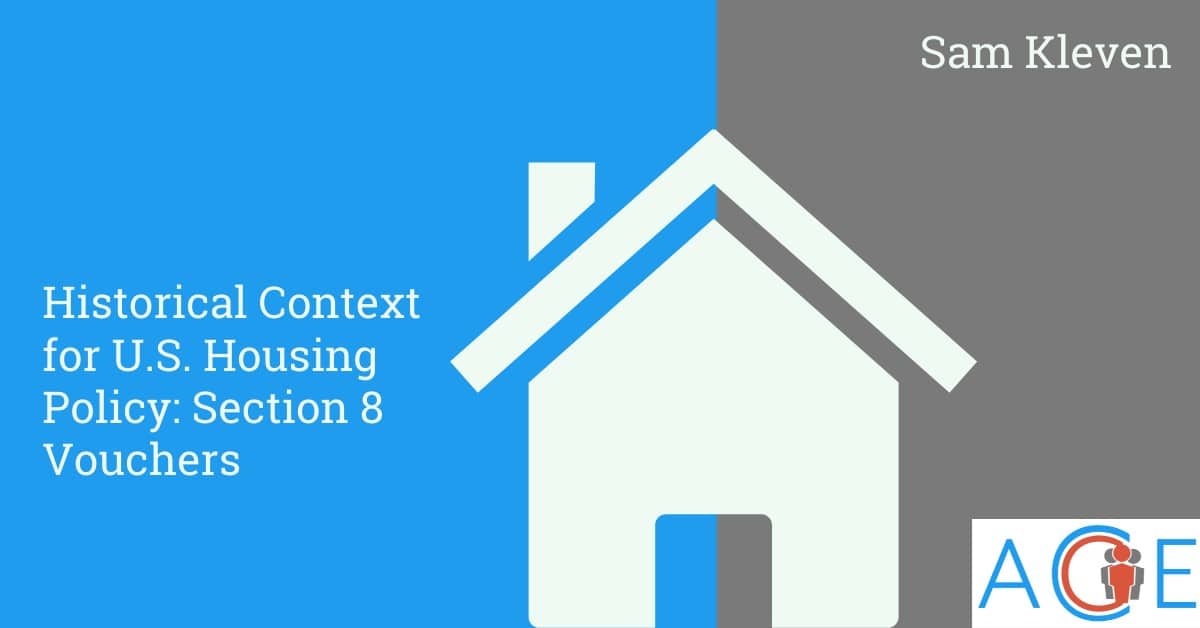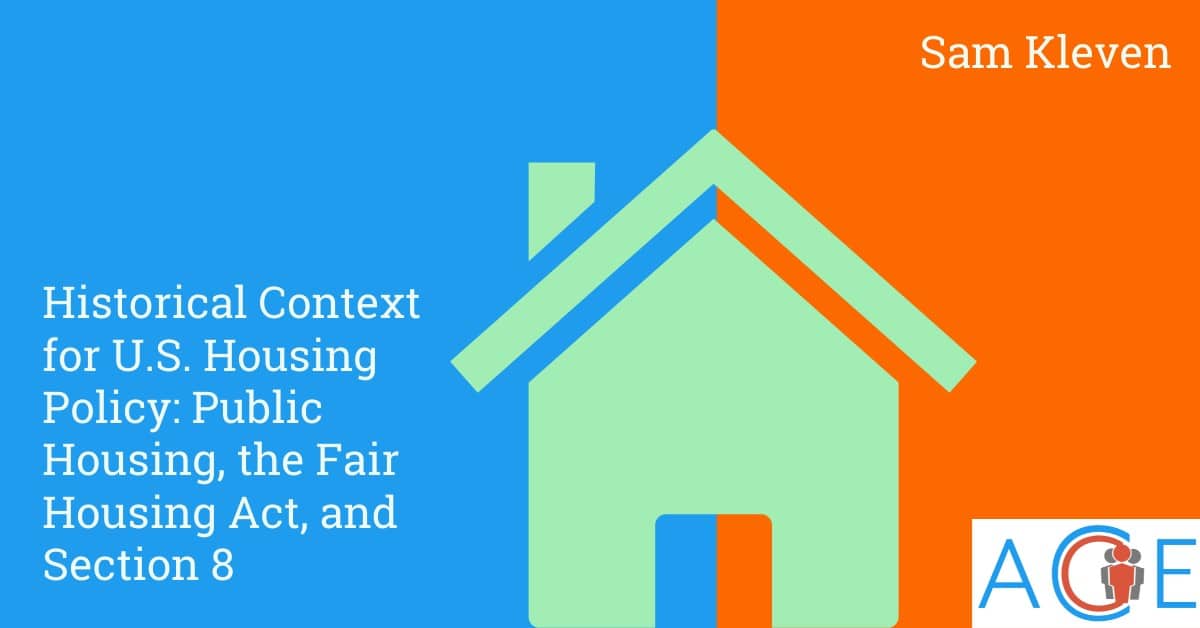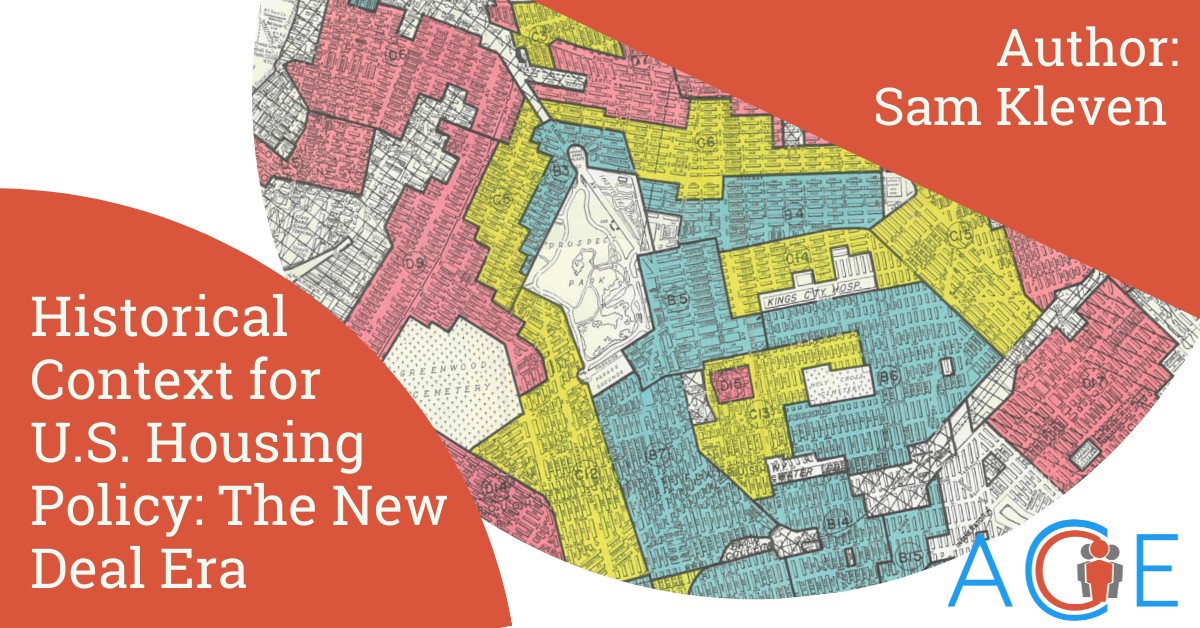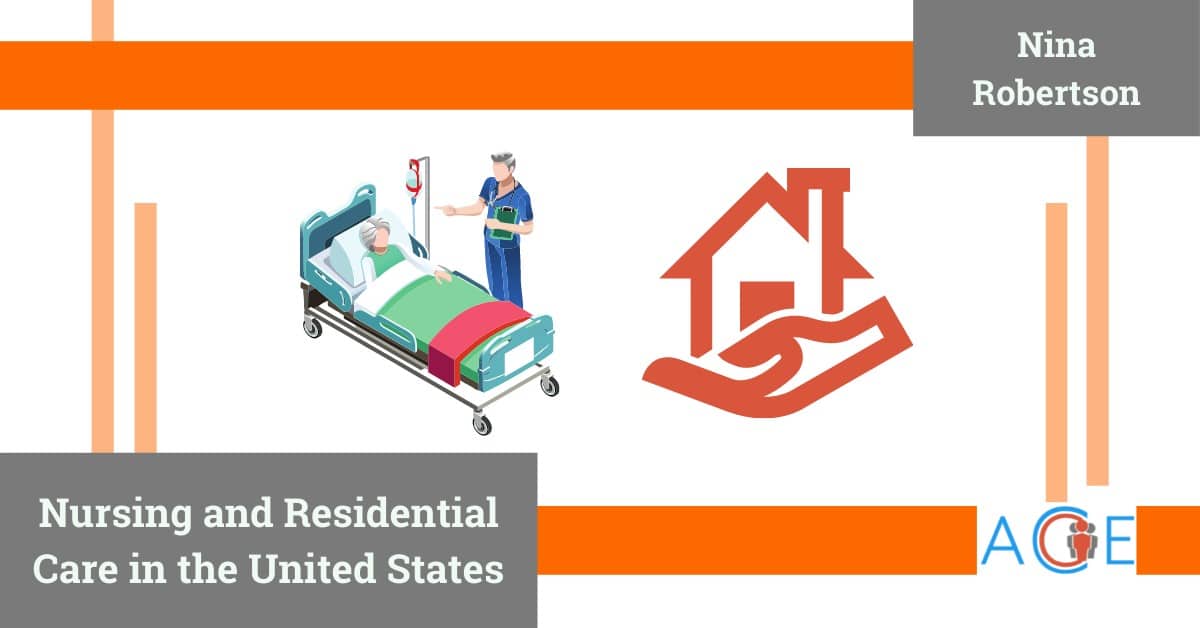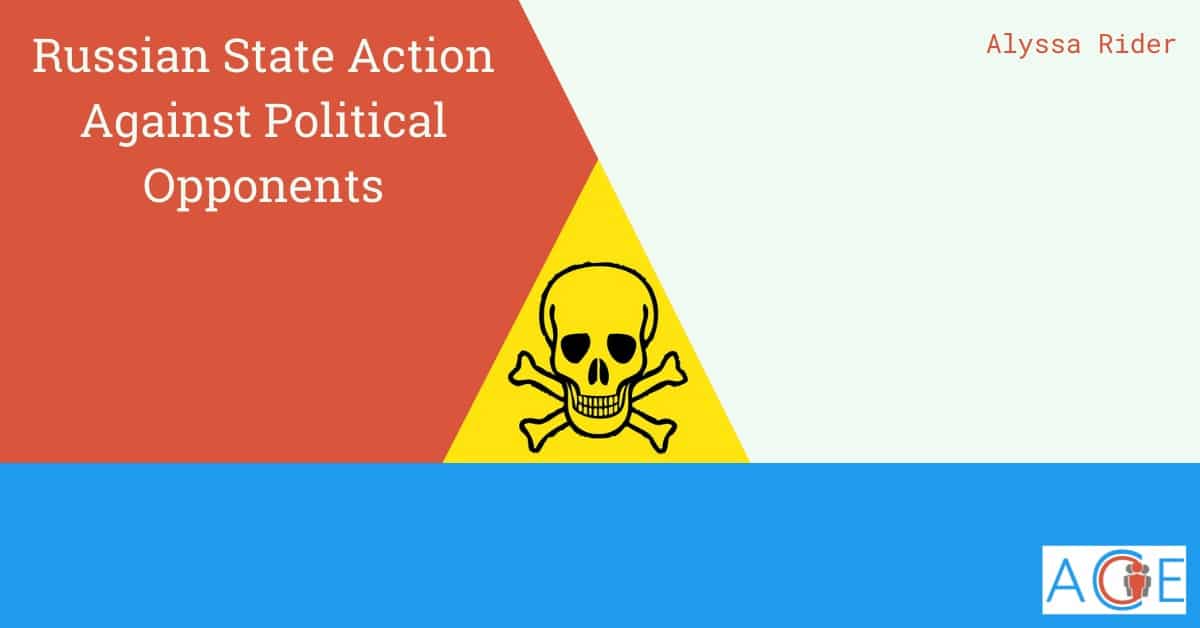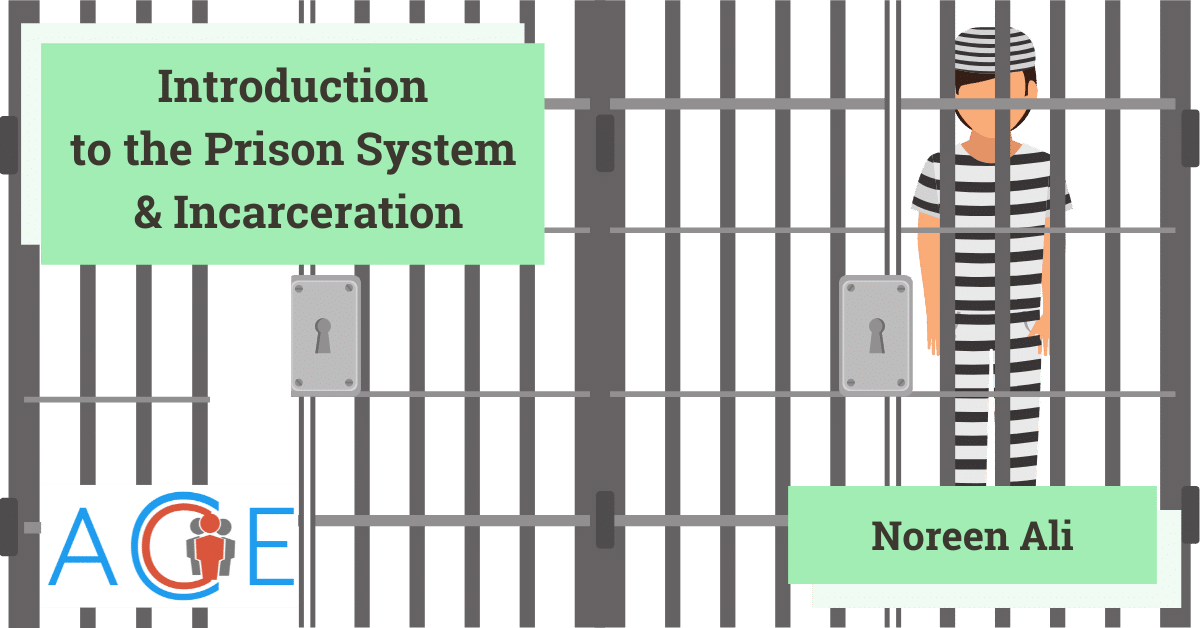Nixon’s 1973 moratorium on the production of public housing marked the beginnings of a new consensus in U.S. housing policy: insufficient incomes and rising costs—e.g., affordability—constituted the major problem, rather than a physical shortage of units. This conviction, though not unchallenged at the time, led the federal government to fully commit to a demand-side approach with the Housing and Community Development Act of 1974.
What has come to be known as Section 8 vouchers found its roots gradually, through a patchwork of policy initiatives and experiments. Ultimately, Section 8 has taken over as the dominant mode of federally subsidized housing, with over two-thirds of the Section 8 growth deriving from transfers from public housing. Vouchers operate by providing recipients with a subsidy to close the gap between 30% of their income and the cost of renting a unit on the private market. The options for rental have been constrained by various algorithms over the course of the program, but there are generally three conditions:
- Voucher holders must find an apartment on the lower-end of the price-spectrum as calculated by the Fair Market Rent (FMR) of the surrounding area;
- The rental unit must comply with standards for physical adequacy;
- The owner of the unit must agree to participate in the program, incentivized by the federal subsidy which ensures reliable payment.
Vouchers were initially championed by conservatives under President Nixon and struck progressives as a retreat from the era of strong federal influence in the housing market. Section 8 enjoyed support from the housing market lobby in Washington DC—most notably the National Association of Real Estate Boards, or the NAREB—because it generated an influx of reliable renters who could afford moderate pricing. On the other hand, most affordable housing advocates at that time supported public housing because they did not trust the private market. Over time Section 8 gained widespread support, particularly from social welfare-minded constituencies which hoped it could operate as a tool for economic and racial integration.
The court-ordered Gautreaux program, located in Chicago in the 1990s, provides a good case study of how and whether vouchers can work to deconcentrate poverty. The Gautreaux program created a lottery to select a set of Black households, which were given Vouchers accompanied by individualized counseling on the available affordable units and the benefits of living in affluent neighborhoods. 75% of the participants were relocated to suburbs, while the rest settled in primarily White urban neighborhoods. The results were dramatic, especially with regards to the suburban/urban divide. 27% of the children relocated to suburban areas ended up attending a four-year college, compared to only 4% of city children. While it is debatable whether it is a good thing for urban Black families to move away from neighborhoods where they have strong community and cultural ties, the Gautreaux program illustrates how suburban living improves various measures of well-being. It is important to note, however, that many scholars have questioned how generalizable these results are, given that the program is likely self-selected for more enterprising families.
Inspired by Gautreaux, the federal government launched Move to Opportunity, or MTO, in 1993. Unlike Gautreaux which took an explicitly race-based affirmative action approach, MTO focused on income. It was implemented in five metropolitan areas: Baltimore, Boston, Chicago, Los Angeles, and New York City. The results were far less encouraging. Many participants remained in the city, often opting to attend the same school in the same high-poverty neighborhood. While the families expressed higher satisfaction with their home and were exposed to less violence, there was little if any improvement in education or economic flourishing.
While many journalists note that the main divergence between Gautreaux and MTO was the requirement in Gautreaux that participants relocate in suburbs, there is understandable reluctance from many urban residents to do so. Following the implementation of MTO, White, working-class suburban residents organized in fierce opposition, expressing race-tinged fear that public housing residents would enter their neighborhood.
Despite resistance to Section 8-driven economic and racial integration, many advocates continue to extol vouchers for their ability to move program participants to areas of higher opportunity. Pragmatic progressive critics, however, note that Section 8 is insufficient to solve the problem of low-income housing. Section 8 has failed to break out of its original form, which was crafted under the fiscally conservative leadership regimes of Reagan, Bush, and Clinton. Unlike other federal programs such as Medicaid and SNAP, Section 8 funding is capped at a set amount. Currently, only one in four eligible parties receive vouchers, and every locality harbors lengthy waiting lists.
In recent years, concerns over landlords’ amenability to vouchers have joined concerns over underfunding. From 2010 to 2016, over 10,000 landlords have backed out of the Section 8 program, and have fought successive laws to outlaw this practice under the rationale of unfettered choice. In a 2018 study conducted by the Urban Institute, two-thirds of landlords in five major cities said they would refuse to accept vouchers. While Section 8 vouchers are widely considered an effective tool, both historically and for the future, their success depends on other aspects of housing policy to provide affordable units.
